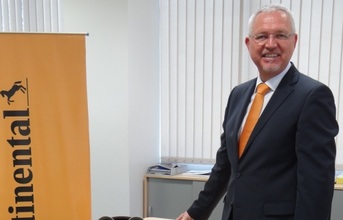
How important is technology for a shopfloor to become super?
In my line of business, technology is always a strong focus. New technologies are, as a general rule, based on improvements in terms of precision, speed, energy consumption, productivity or simply new opportunities for production. To be cost competitive, we need stable processes with reproducible results so that the risk is predictable as much as possible. This can be achieved by reliable technologies.
The better the process or machine capabilities are, the more reproducible the results. This leads to a higher yield and lesser scrap. New technologies combined with capable processes, lean flows and standards have a favourable impact on production costs.
Does a ‘Super Shopfloor' look beyond safety, quality and productivity? Why and how?
In a super shopfloor, all three categories are essential. Safety is important because we have to protect the health of our valuable employees. This can be done ergonomically, by means of safe and properly designed workplaces. Quality is crucial because we have to protect our customers from any negative impact and fulfil their expectations.
We can ensure high quality standards with robust designs and processes. Productivity is critical to ensure sound financial health and to protect ourselves from losses. This can be done by a lean manufacturing approach, standardisation, and well trained and motivated employees.
As mentioned earlier, for everything we do, we need to have the right people in place. Productivity can only be improved by consistently working on optimisation and we must constantly ask ourselves whether what we are doing is state-of-the-art and truly adding value. The challenge must be to focus on value addition and waste reduction.
(Continued on the next page)


























